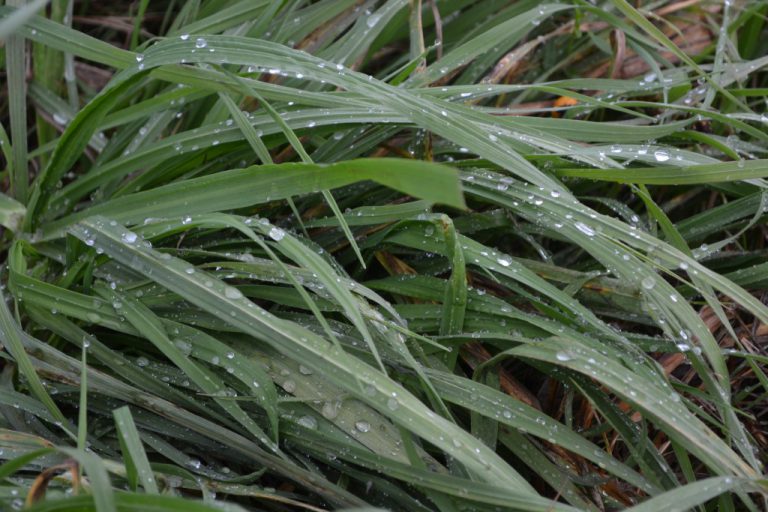
By Connor Biehler, Extension Educator in Saunders County
Traditionally, the fescue belt spans from South Carolina to northwestern Missouri, with the heart of it lying in Kentucky and Tennessee. In recent years, there has been an influx of fescue growth in southeastern Nebraska. Fescue is known for its hardiness and ability to grow in broad temperature ranges. The hardiness of fescue allows for it to out-compete other forage varieties and take over pastures. The largest drawbacks of fescue are its high levels of fiber which are more difficult for cattle to digest than other forage varieties. Additionally, thick and lush stands of fescue are likely infected with a fungal endophyte that constricts the blood vessels of cattle causing fescue toxicosis. This toxicosis rarely causes death in cattle; however, it does cause serious physiological problems, impairing the performance of cattle.
The endophyte is contained entirely within the plant. The endophyte is present in the seed at time of planting and is only transferable through the seed. Moreover, it also provides the plant with a natural disease and insect resistance, which could explain why endophyte-infected plants are hardier. There are endophyte-free varieties available, but these varieties are less productive, causing thinner stands. One thing to note is that endophyte levels are the most concentrated in the bottom three inches and the mature seed head of the plant. Therefore, cattle should not be allowed to graze mature fescue. Proper management skills should be implemented to prevent fescue from reaching the mature stage.
The toxins that result from the endophyte cause a constriction of the blood vessels in the peripheral tissues of cattle causing a variety of issues within the animal. As a result, this cuts off the body’s ability to thermoregulate. This results in making cattle hotter in the summer and colder in the winter. Some of the visual signs that producers can see include stomping and wallowing in mud holes, sloughing off hooves and tail switches, reduced feed intake and performance, and increased respiration rate.
If endophyte-infected fescue is present in pastures, here are a few ways to mitigate fescue toxicosis:
• Interseed fescue pastures with clover. Along with many of the positives of clover, including greater protein consumption in late summer and nitrogen fixation, clover’s ability to thrive when fescue is becoming more mature reduces fescue consumption during times when ergot levels are the highest.
• Utilize rotational grazing practices. Rotating pastures reduces selectivity, forcing cattle to not let forage mature. When grazing large pastures, cattle will selectively choose immature, greener forages and not utilize mature forages until there is a lack of
higher-quality forages. In turn, cattle will get to the point of where their only option is to consume mature fescue.
• Clip seed heads of mature fescue stand to reduce the level of endophyte consumption.